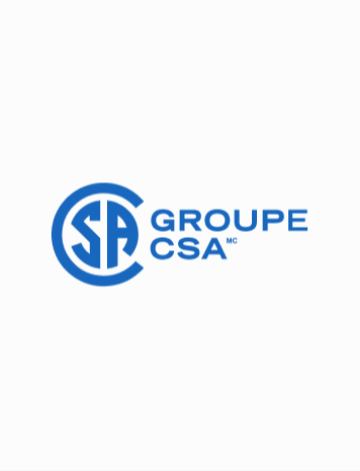
S851-F12
Évaluation de la sécurité des bâtiments post-explosion
- Année de publication 2012
- Publié par CSA Group
- 01 Edition
Formats offerts
Langue:
Format: PDF
Langue:
Anglais et Français

